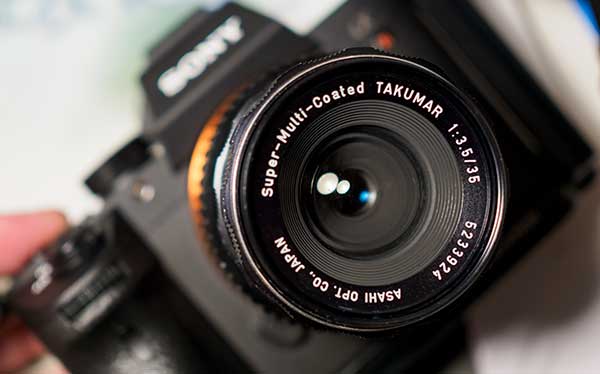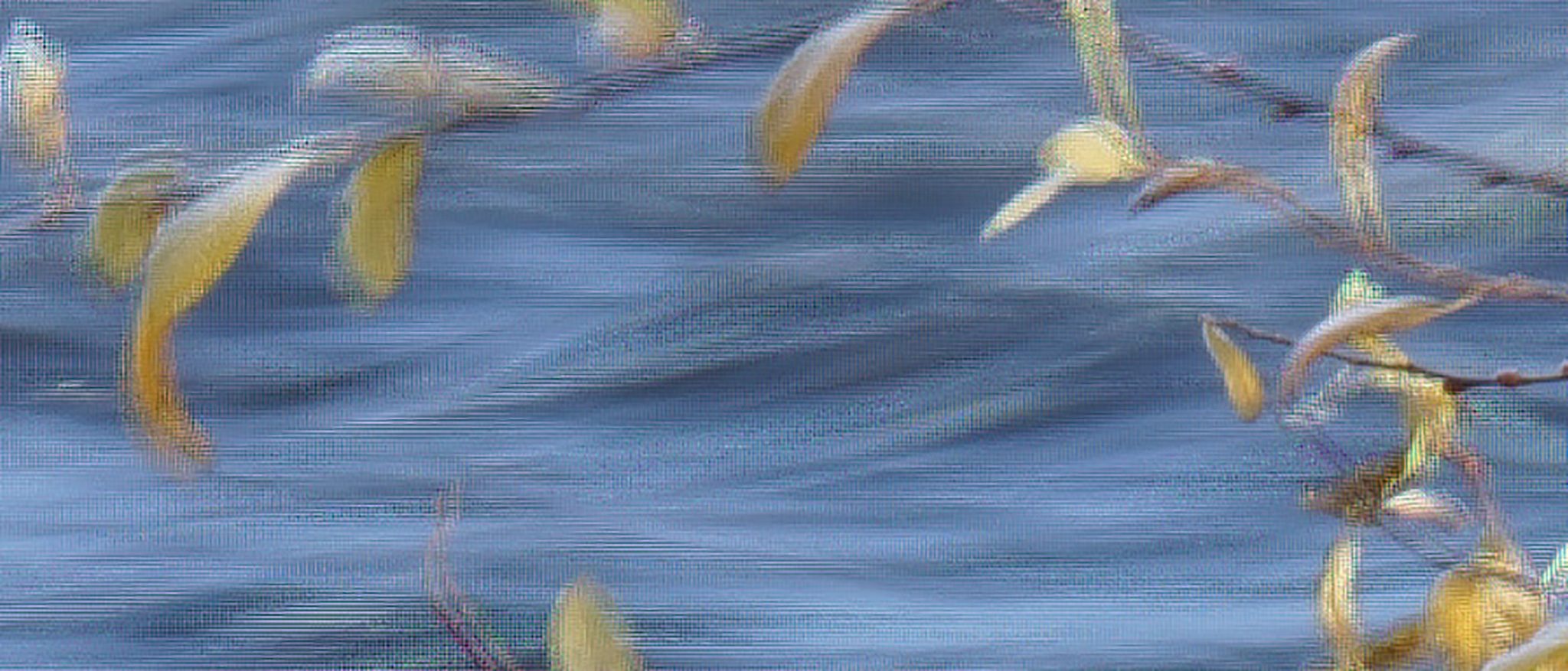Sony A7RIII pixel shift with a vintage lens

We’ve got one from the first Sony ILCE-A7R3 delivery in the UK, and with a first review of two pages appearing in Cameracraft January/February 2018 from tests in early December, I will be following up with a fuller printed review and more on-line articles here as the camera’s potential unfolds.
The Alpha 7 mirrorless range moved ahead of competitors back in 2013 with full frame (24 megapixels 24 x 36mm, ILCE-A7) and then with high resolution in 2014 (36 megapixels, ILCE-A7R) and in-camera stabilisation of the original (ILCE-A7M2) before the end of that year. In mid-2015 the A7R with its very sharp imaging (no lo-pass filter) got the same SteadyShot upgrade to ILCE-A7RM2. At the same time, the 12 megapixel low-light high ISO and video friendly ILCE-A7S (May 2014) gained SS in the ILCE-A7SM2. The pro-grade high speed AF/sequence 24-megapixel A9 appeared in May 2017.
Why all these numbers? Well, that’s how you find them on Sony’s website and in searches for deals on line. You may write ‘Alpha 7R MkII’ but Sony calls it ILCE-A7RM2, the ILCE standing for Interchangeable Lens Compact E-mount.
Now, before the end of 2017, the A7RII has its upgrade with the A7RIII (ILCE-A7RM3) and for me, at least, the two prime selling points are the A9-like body improvements and the pixel shift multi shot true RGB resolution mode.
The ‘ports’ from the A9 are a larger battery with over twice the typical shooting life, dual SD card slots, USB-3, generally beefed up body with six-screw lens flange. There are also significant changes to shooting mode settings, menus and how the processor power is used and not all are positive as the entire set of apps (and ability to run them at all) has been lost from the A7RII.
PSMS
The pixel shift high resolution mode, which I’m looking at today from a special angle, has already been seen – and tested out – on the Pentax K-1. Since this left me slightly underwhelmed, the true RGB for every pixel on its 36 megapixel sensor not seeming to offer much more than the Bayer pattern 42 megapixels of the A7RII, I was keen to try PSMS (pixel shift multi-shot) out.

My first tests included landscapes, running water, still life and close-ups mainly using the 50mm f/2.8 Sony FE Macro as I know this to be a very sharp lens with minimal CA. Click the image above to view the original on PBase and see odd artefacts created when some parts of a subject move slightly, others move a lot. The worst effects make the image unusable but it’s obvious some scenes will work.

However, going out into the frosty landscape reminded me of 47 years earlier (probably twice the age of the average A7RIII buyer!). It was Christmas 1970, I’d recently turned 18 and my future wife Shirley was working at Dixons in Sheffield selling camera gear. We were not yet saving for a house. I had a Honeywell (not Asahi labelled) Pentax Spotmatic but no good wide-angle lens as I could only afford lower cost independent ones which were outstandingly bad at that time. At Christmas, at her parents’ house which was next to woodlands, she surprised me with a brand new Asahi Pentax Super-Multi-Coated Takumar 35mm f/3.5.
This was my first Super-Multi-Coated lens. I had a regular 50mm f/1.4 and use of my father’s 105mm f/2.8 and ‘wind-up aperture’ 35mm f/2.3 Auto-Takumar. This wide angle was very good, but huge and heavy. The new 35mm f/3.5, though the lowest priced lens in the line, was magic. It was tiny, and even through the viewfinder you could see the difference in contrast and colour from the multi-coating.

I went out with my camera, loaded with Agfa CT-18 slide film (50 ASA/18° DIN, and a pre-E6 process paid option only). There were frosted leaves on the ground in low sun, and the exposure must have been 1/60th at f/5.6. When the slides came back, they did not disappoint me. One frame (above) soon found its way into photo-magazine print, and into my slide show. It survived 47 years despite Agfa CT-18 being unacceptable to most picture libraries and publishers. The 35mm lens did not, I moved on to Minolta cameras around 1974. The slides and negatives taken with it always had a distinct character.
A couple of years ago I was buying SMC Pentax lenses to use on the A7R/II with adaptors. Naturally I found a 35mm f/3.5. It still has that character on digital full frame, very sharp in the centre by f/5.6 with a combination of softness and vignetting to the corners when used wide-open. In fact it’s not unlike a Leitz 35mm f/3.5 Summaron, without the into-the-light flare. The SMC Pentax lens I use most is a 50mm f/4 Macro, on bellows with a slide copier.
The image above is copied this way. Click it, and you’ll go through to an amazingly soft-looking but centrally grain-sharp 40 megapixel copy. It was made using pixel shift and 16-bit Sony Edge program multishot conversion to TIFF before JPEG level 10 for upload. Because the camera and the slide are connected by the bellows unit, I can make copies like this instead of scans and not even need a tripod. The multishot is in perfect register.
With the arrival of the A7RIII I started seeing comments that vintage lenses would be no use with pixel shift high resolution. The 50mm macro easily disproves this and so do almost all the ‘marque’ manual focus lenses dating from the early 1960s onwards. Independent and budget lenses can be terrible, so can German lenses with respected names which failed to keep up with improvements to lens coating. I’d say that improved lens coatings had by far the greatest effect on usefulness, progressively during the 1960s, and then in a sudden explosion of multi-coating from the 1970s on.
So, 47 years on, I took my current 35mm SMC Takumar outside into the frosty sunshine where we had no similar leaves, but rather more interesting ice on grass and a single dead rhododendron leaf. I made exposures using a tripod (a rather incredible deal from WEX of a half-price carbon fibre Manfrotto which had a further 20% off in November) at f/5.6 and at f/11, which despite the sunshine did need 1/15th at ISO 100. The f/11 shot was clearly better across the frame and is used below.

Again, this is an image you can click on to view the PBase Gallery original full size. I tried to upload a Level 12 JPEG, but it was too big for the service to accept, at 57MB. Level 10 reduced this to 20MB. Even the in-camera Extra Fine JPEG files from the A7RII can be between 40 and 50MB each. Multi-shot pixel shift images, though only 120MB uncompressed, are so detailed that some won’t compress much at all. I have only ever seen this before from medium format, and that includes the Extra Fine single shot regular files. I’ll write about in future. The A7RIII begins to make raw conversion seem wasted effort. I should also point out that the exposure is uncannily accurate and if you do shoot JPEG, bracketing may not be needed as much as with DSLR metering systems.
I intended to post sections of both images but the file sizes, for anything meaningful, exceeded my own self-set limits on the WordPress pages. That’s down to the level of detail not the dimensions. So please use the PBase links, I know this just won’t work well with phones or slow connections. A fast desktop connection is almost essential to see what all this is about. I have made one clip at the end of this article 600 pixels wide by the full image height. It’s more compressed than I like and the WordPress installation’s image-crunching engine has lost some finesse.
So what?
First, within the limits of flatness and field (film had different requirements) this simple vintage lens of good pedigree does prove able to handle multi-shot pixel shift non-Bayer imaging. I am sure many others – Minolta, Nikon, Topcon, Konica, Canon, Leitz, Miranda-Soligor, Pentacon, Fuji, Yashica, Contax – will also do so.
Second, every copy frame I have taken now from 35mm slides (as opposed to a Scan Multi Pro scan) shows that hardly anything I ever photographed on 35mm film from 1968 to 2002 was properly sharp by today’s standards. In fact the A7RIII in PSMS mode is significantly better than 6 x 9cm rollfilm E6 and I would have to photograph, or scan, a 5 x 4″ transparency to match it. I’ve kept my originals from early amateur years through to twenty years running busy commercial studios, drum scans and all. Frankly, nothing comes near what an ILCE-A7RM3 can do on a tripod even with the first good new SLR lens I ever owned.
Does it get better? Yes. The Sony Imaging Edge Viewer and Edit software used to process these files is free, produces much better colour than Adobe programs, and is ridiculous economical – just 17.8MB for Viewer, 14.1MB for Edit and a mere 7.1MB for the Remote tethered shooting utility (Mac OSX version sizes). It runs fast considering the huge file sizes, uses system resources efficiently, and only needs a little bug fixing and user interface tuning.
- David Kilpatrick
Affiliate links: WEX Sony A7R III buying link – //tidd.ly/83888a2d
WEX Manfrotto half price Carbon Fibre tripod deal – //tidd.ly/e624247a
B&H Affiliate link (Photoclubalpha benefits from any purchase, it costs you nothing extra)
Here is a really long scroll for you – the entire height of the SNMC Takumar image on A7RM3 PSMS, 600 pixel wide central strip…


You wrote: “In fact the A7RIII in PSMS mode is significantly better than 6 x 9cm rollfilm E6.”
Well, that’s good news, since one of my intended uses for my new A7r III is to copy old frames from my dearly-departed Mamiya 7 6×7 camera. (Drum scans are costly.) That raises a couple of questions for me:
1. My first tries with PSMS and the Sony software seemed rather oversharpened. I can’t experiment further just now since I had to send the lens adapter back. Can you comment on film copying settings that work for you?
2. Can you offer your impression of the qualities of regular (not PSMS) exposures from the A7R III compared to medium format film?
Thanks.
I don’t think you need to use Pixelshift for ‘scanning’ slides up to 6 x 9cm, I’m seeing film grain resolved with normal single captures. What I meant was that any original PSMS image was far better than anything up to 6 x 9cm was in the past. And regular non-PSMS exposures are certainly a match for it. I do still have a few 5 x 4 transparencies around so I may see how that works, I suspect that even these will start showing grain. I don’t think the multishot software oversharpens, my only problem as ever with slide copying is that with a good lens tiny scratches or dust/hair on the original are imaged bitingly sharp and the transparency itself is never as sharp as the damage done to it by storage. My Scan Multi Pro does a good job removing this was Digital ICE but is so slow and unreliable! I’ve tried a couple of frames of film which come from excellent untouched storage conditions, pretty much as clean as the day they were sleeved by the lab, and this is very successful. I may have more usable vintage stock images than I thought practical to scan, only problem is that pre-EXIF and with some of my notes and references lost, I have absolutely no idea now exactly where some were taken and what they show.
Pingback: Sony A7RIII pixel shift with a vintage lens and a Sony A7rII star eater workaround - sonyalpharumors sonyalpharumors